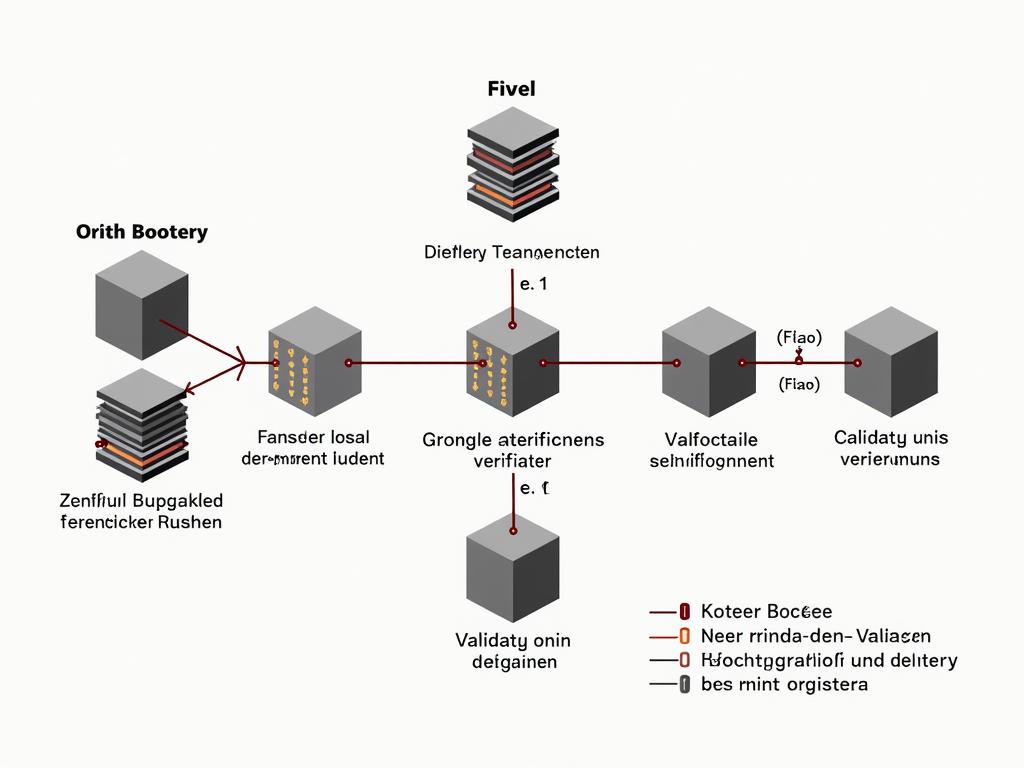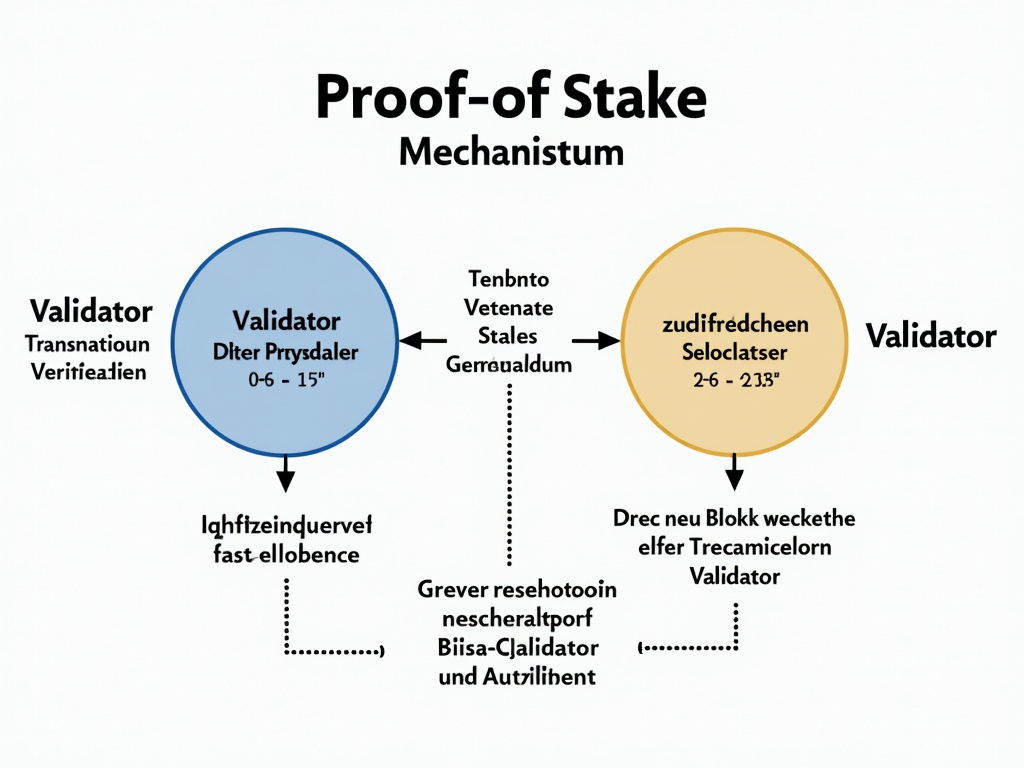Crypto staking offers an innovative way to generate passive income by staking your cryptocurrencies in the network. This method leverages the Proof-of-Stake mechanism to support the creation of new blocks and generate rewards. In this article, we will delve into the processes of crypto staking and analyze which coins and platforms promise the best returns. Let’s explore the world of crypto staking together and discover the opportunities for your portfolio.
The Mechanism of Crypto Staking: From Validators and Rewards

In crypto staking, investors offer their cryptocurrencies as collateral in a blockchain network, giving them the opportunity to generate passive income. This process is based on the Proof-of-Stake consensus mechanism, which is considered more sustainable compared to the more energy-intensive Proof-of-Work system.
The Validator Selection Process
In a Proof-of-Stake system, validators play a crucial role. They are selected based on the number of coins staked, with the probability of selection increasing with the amount of coins staked. A weighting system allows the validator with the largest staked amount to add the next block to the blockchain. This ensures that all parties involved have a financial interest in the integrity and security of the network.
From Block to Blockchain
The creation and validation of a new block require several steps. Once a validator is selected, they validate the transactions and combine them into a block. Subsequently, the block is released for attestation, where other validators confirm whether the block was created correctly and whether all transaction rules were followed. Only with the consensus of the majority is the block permanently added to the blockchain, thus ensuring the continuity and security of the network.
Rewards for Participation
Validators receive rewards for their services, which can be in the form of newly generated coins or as a percentage of transaction fees. These rewards provide a strong incentive to participate in staking and help to keep the network stable and actors motivated in the long term.
Advantages and Technical Challenges
Staking offers the advantage of energy efficiency as it is not subject to the technological challenges solvable through mining, but rather relies on the security provided by the deposited coins. For investors, staking represents a way to earn regular passive income without actively engaging in the daily operation of the network. However, the path of staking also carries certain risks. Price volatility and technical attacks are among the inevitable challenges that must be considered to ensure the long-term success of staking.
In general, crypto staking presents itself as a mechanism that, due to its efficiency and economic incentives, becomes a pillar of modern blockchain technologies. For investors, it offers an opportunity to participate in the development and security of the blockchain while also promising financial benefits.
Top Coins and Platforms for Maximum Crypto Staking Income

Staking cryptocurrencies as a method of passive income is increasingly attracting investors seeking more stable and sustainable returns. Some coins offer particularly attractive conditions for staking and draw investors with high annualized yields (APY).
Tron (TRX) is at the forefront with an impressive APY of 20%. With a minimum requirement of only 10 TRX, entering staking on Tron is very accessible and appealing for users of various experience levels. Ethereum (ETH), after transitioning to Ethereum 2.0, has also gained popularity. Although the minimum required number of 32 ETH for individual staking appears high, staking pools lower this barrier, making staking interesting even for smaller investors. Binance Coin (BNB) stands out not only for the flexibility of the minimum requirement but also for the extensive features and benefits within the Binance ecosystem, such as reduced trading fees.
Polkadot (DOT) is often considered a star in the staking universe thanks to yields of 10-12%. Its innovative approach to connecting different blockchains makes it popular not only among developers but also among stakers. Cosmos (ATOM), with its ability to connect blockchains, offers a promising APY of 7-10%, with entry barriers that may vary depending on the platform.
Choosing the right platform is essential to achieve the best returns. Binance offers a wide range of staking options, both flexible and competitive. For beginners and those wanting access to decentralized financial options, Crypto.com proves to be an ideal companion due to its ease of use and security features. Lido, on the other hand, is the best choice for liquid Ethereum staking and offers incentives for users seeking simplicity.
Selecting these platforms to effectively secure one’s cryptocurrency investments requires caution and attention. In addition to potential yield, it is also essential to consider the security aspects and usability of the platform to ensure a smooth and profitable staking experience.